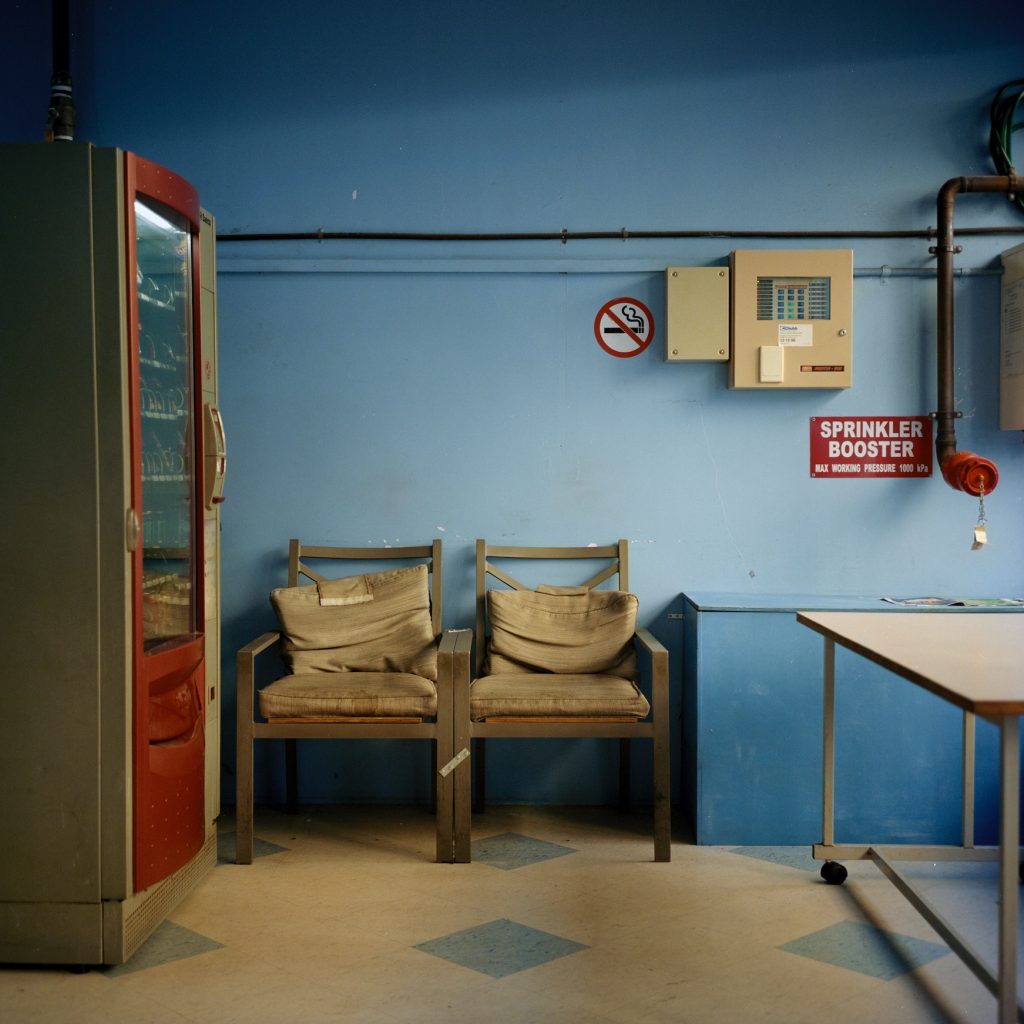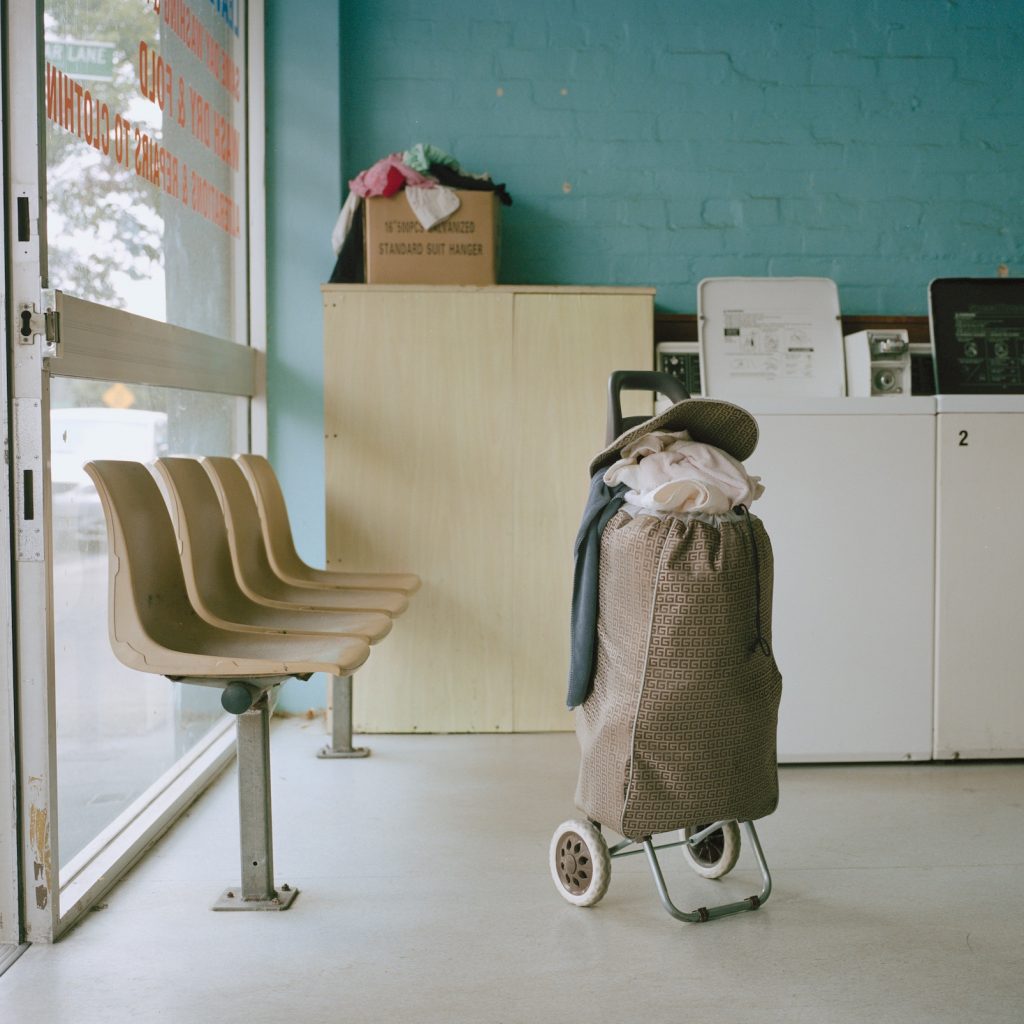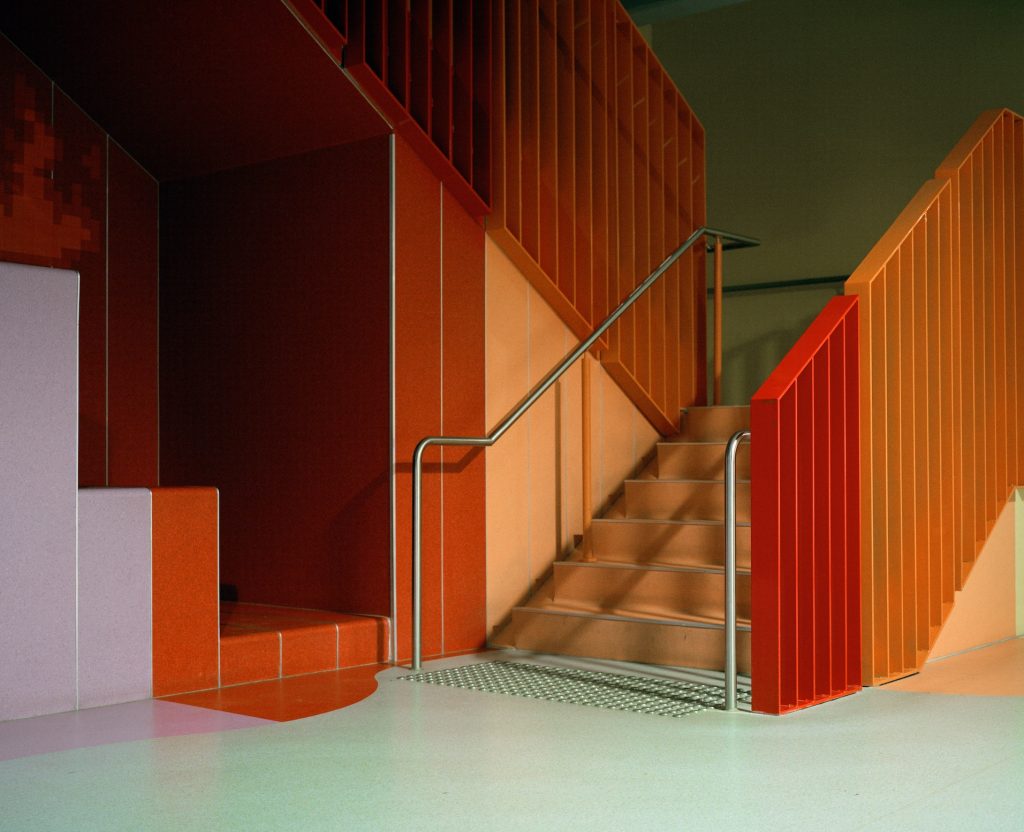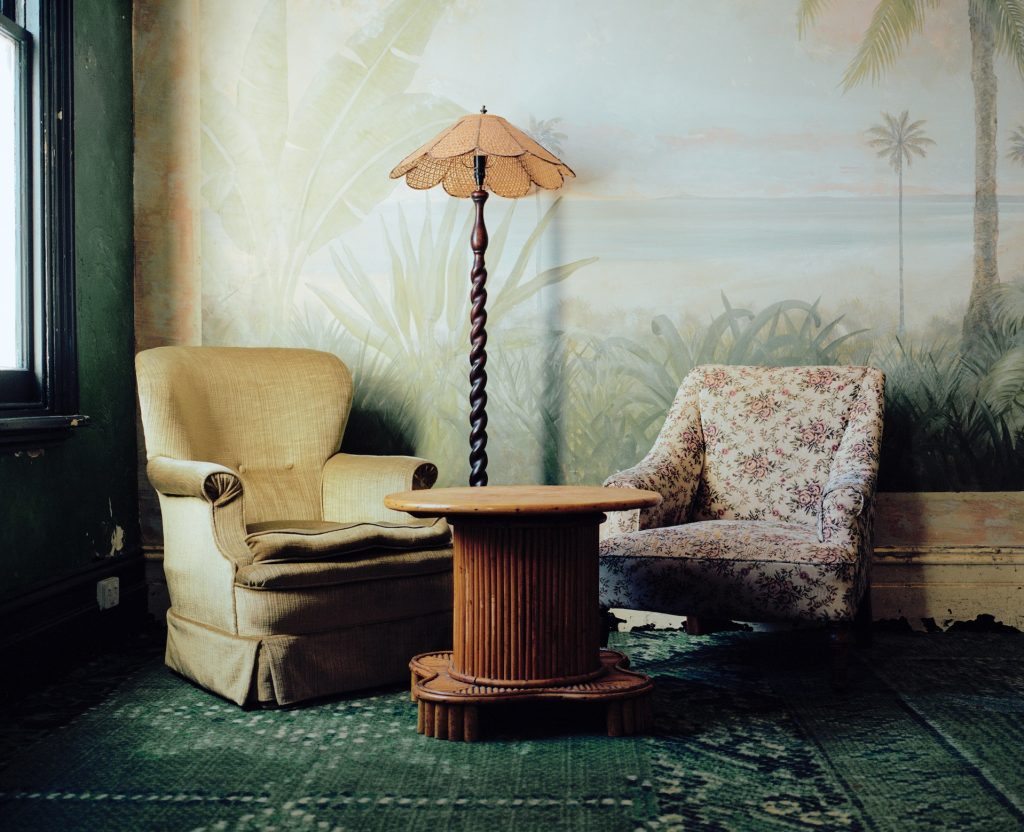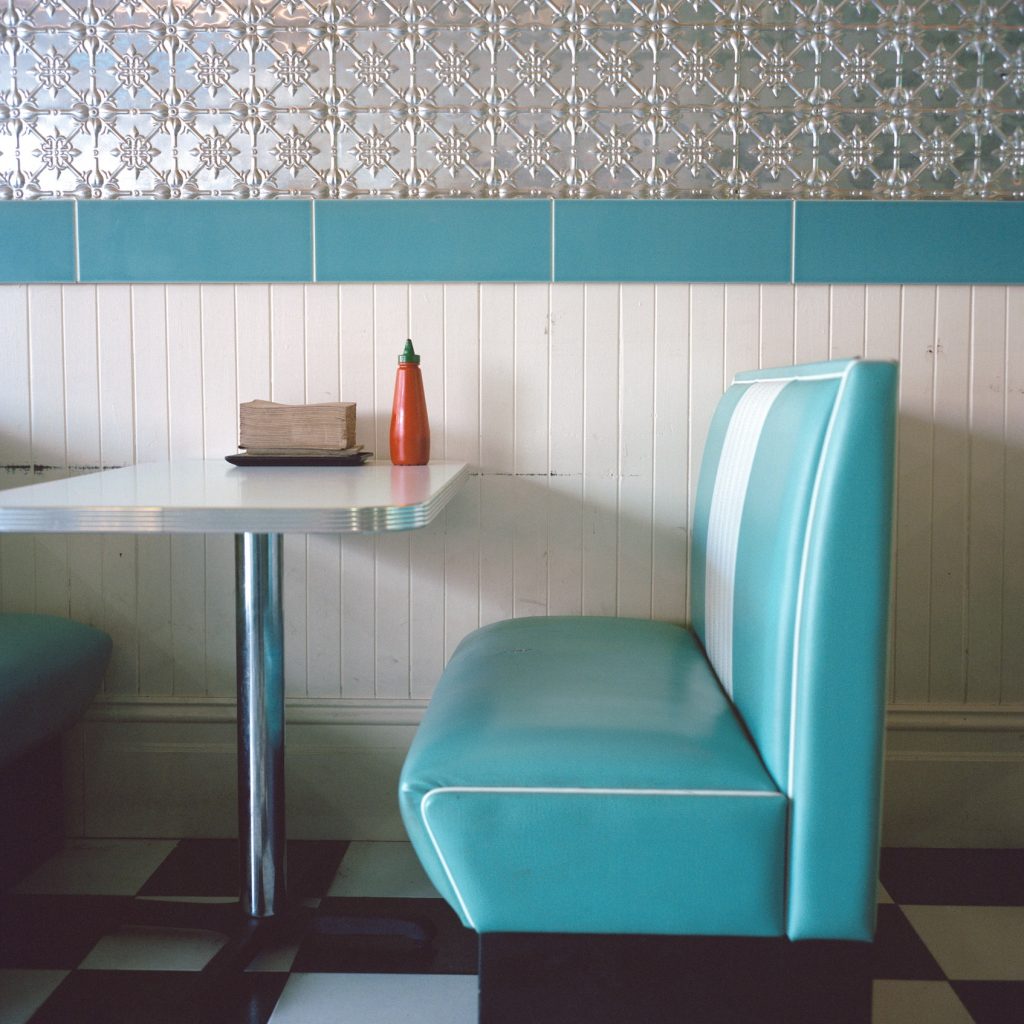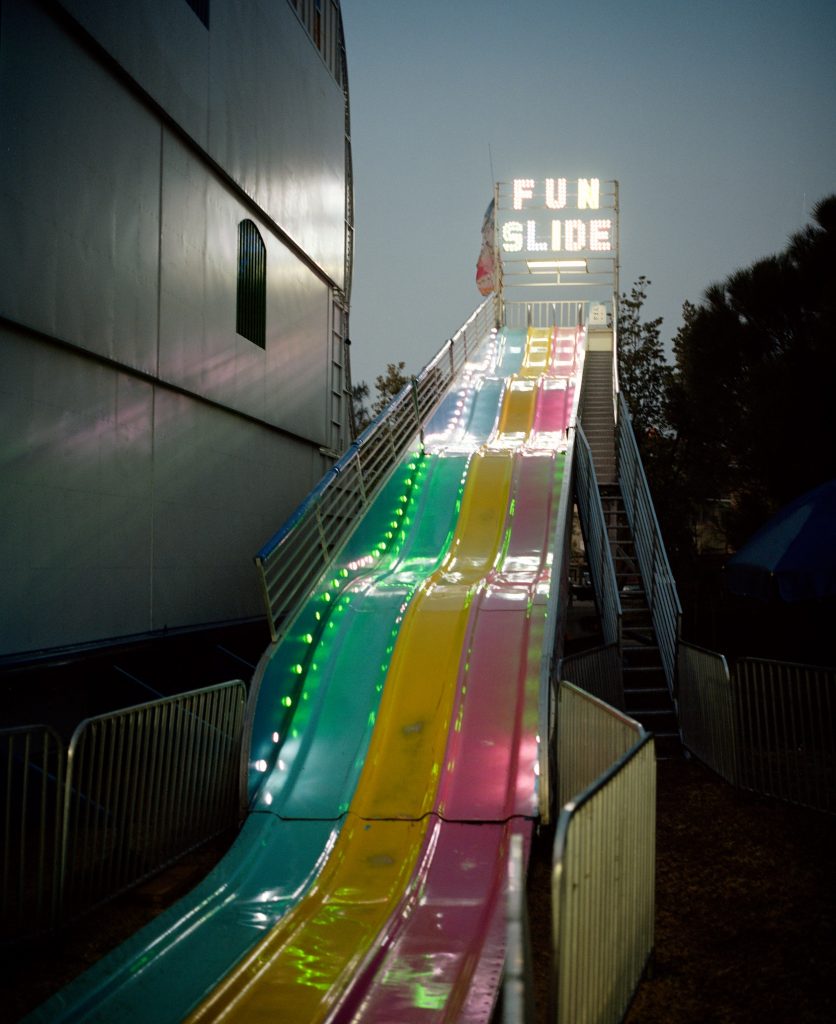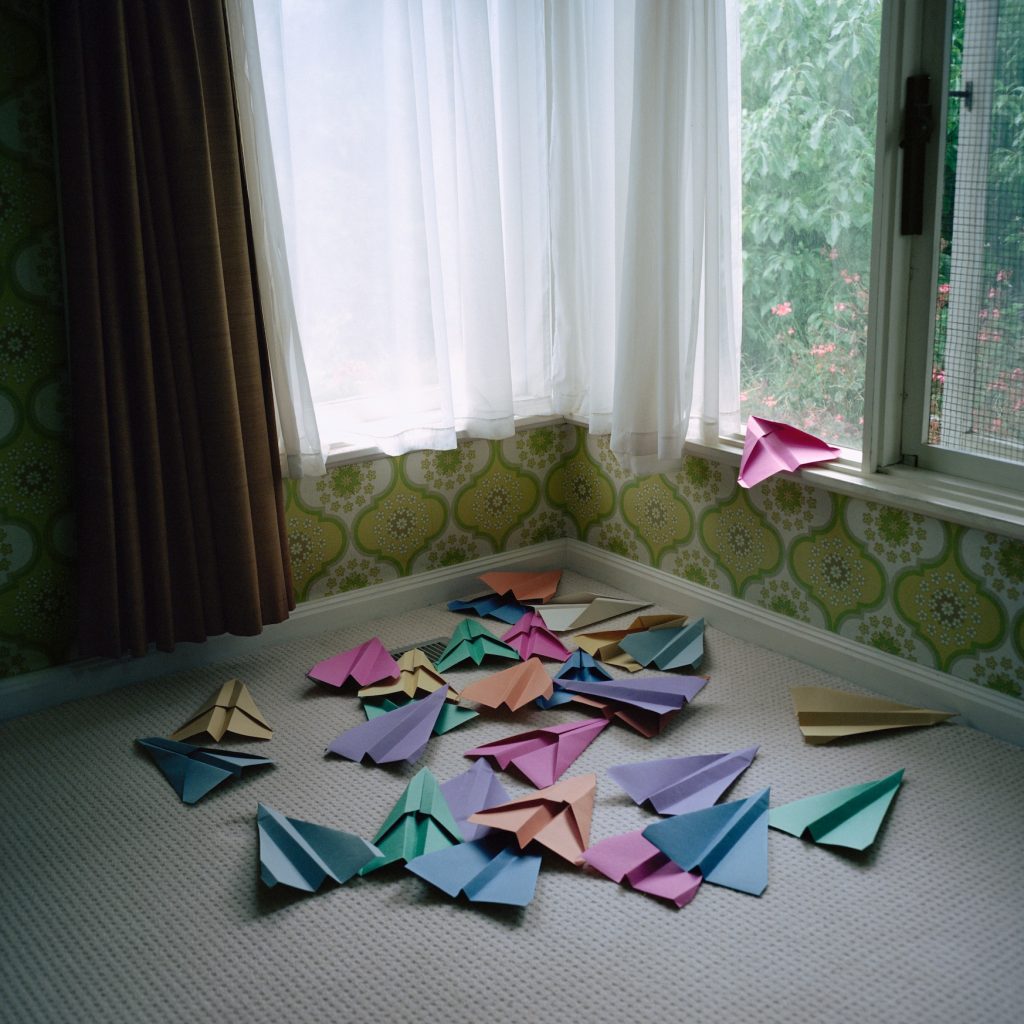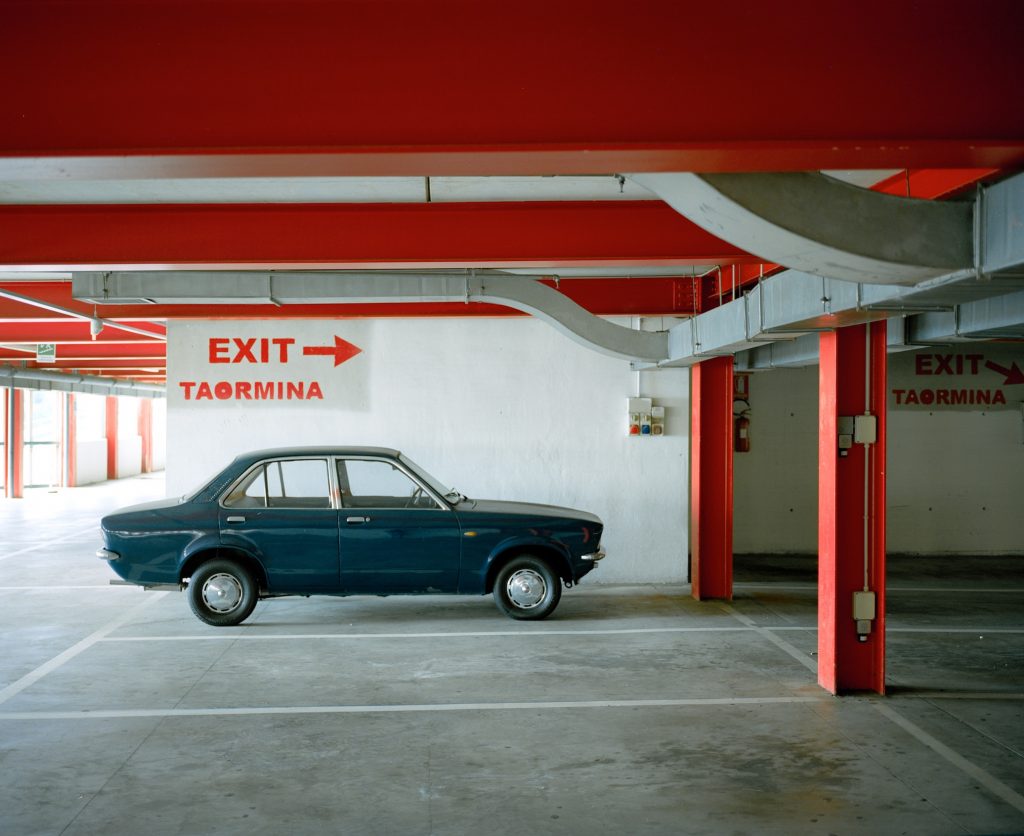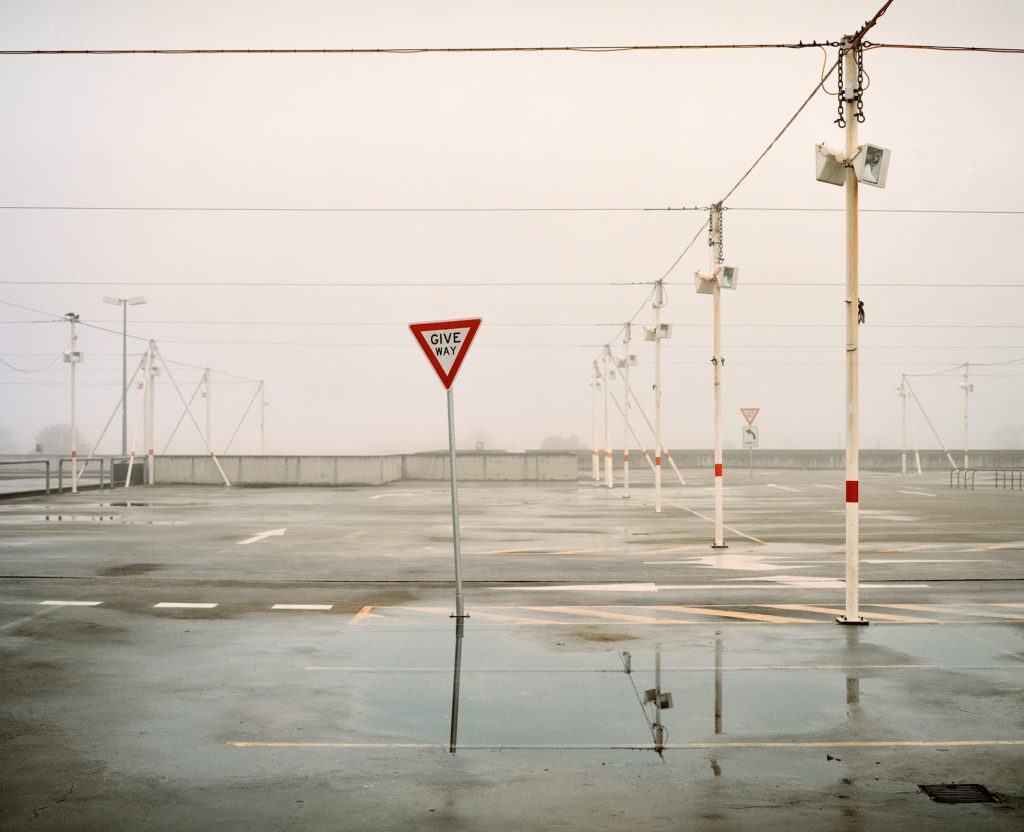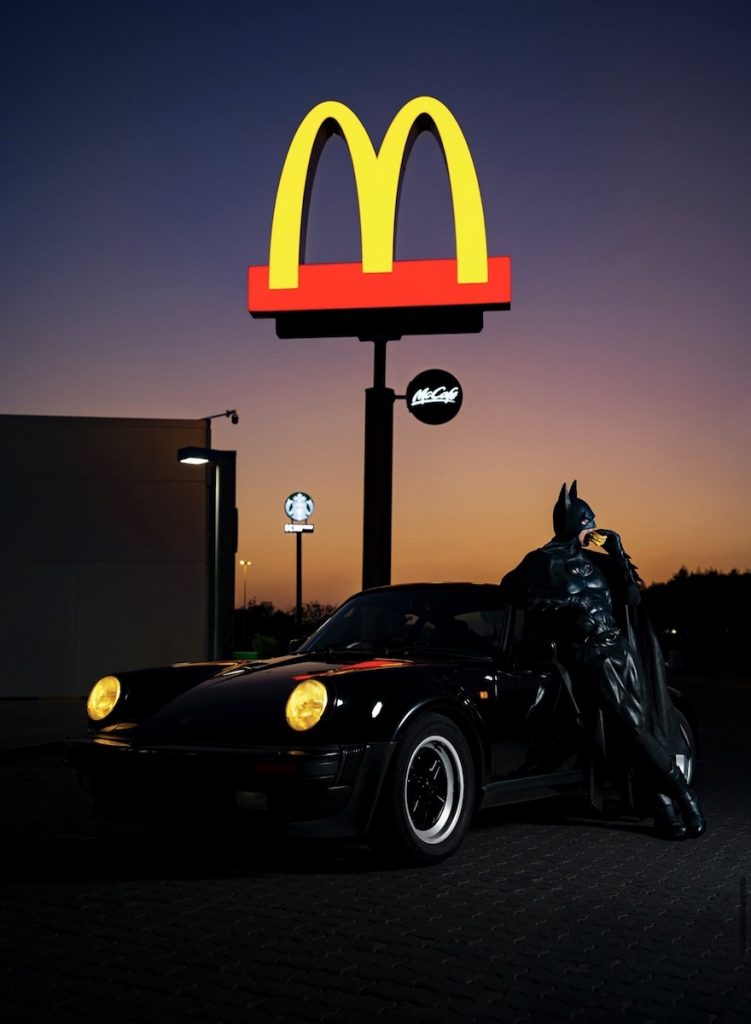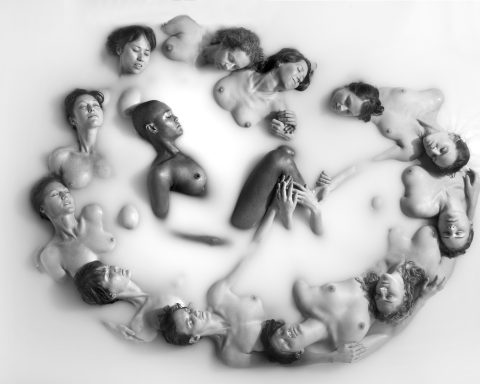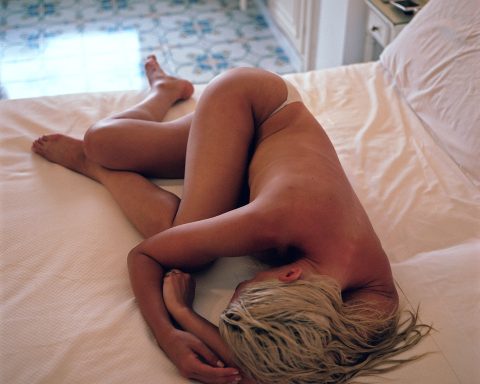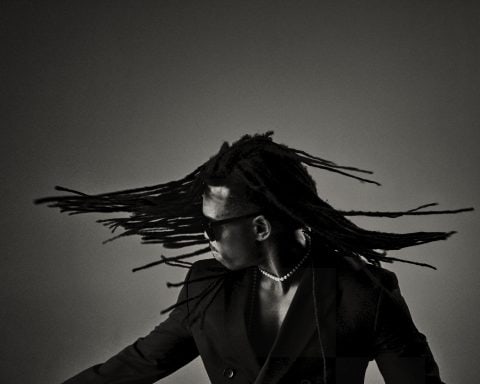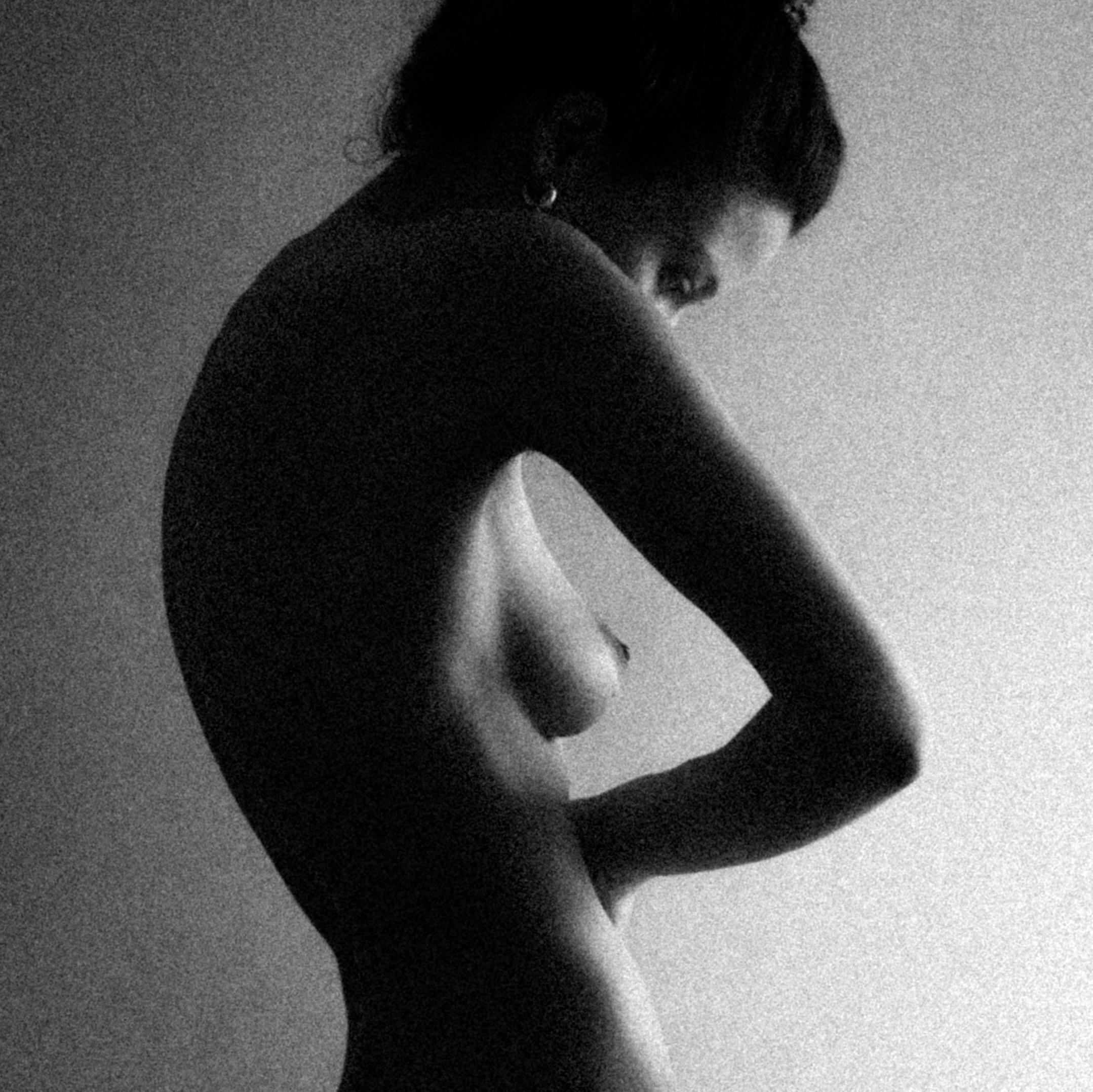Mark Forbes is best known for his contemplative and atmospheric documentary photography of street scenes, urban landscapes and structures. He employs film as his medium of choice for personal documentary work – using predominantly traditional medium format cameras.
1- Amazing work! How do you come up with these simple yet powerful compositions?
Thanks very much. The compositions come from lots of exploring and having an inquisitive eye I think. Often I find that the composition that suits the scene best is the first way that I approach a scene. I also find that simple, uncluttered arrangements are the way that I like to represent things – they just seem to make more sense to me that way.
2- What is your style of photography?
It is documentary photography. I think of it as slow documentary photography. I spend a lot of time driving, walking and sometimes on public transport heading somewhere and I often find that the most interesting images come up happenchance on the journey. I do a lot of exploring and meandering.
3- Do you only shoot on film? And why?
I generally shoot only film for my personal photography as I find it more meditative, more challenging and much more enjoyable. You have to be more intentional with your framing and what you want to take a photo of, and there is the mystery and joy of not knowing the final image until well after you’ve taken the image. I also prefer the colours and look of film and the tangability of the physical negative. The access to incredible cameras made decades ago that still work as well as the day they were made is a joy.
4- Any technology/software?
I mostly use a no longer supported Apple product called Aperture for all of my image management and editing – which I try to keep as minimal as possible. If I’ve got a large scale print of a specific image i’m making, then i’ll do a final pass through photoshop before it goes to print.
5- What exactly do you want to say through your photos?
I want to share with people the way I see and interpret things. To show them the details of what may not be noticed, but deserves attention.
One of my current projects is called Beautiful Solitude. The explanation of the project is as follows:
Traces of beauty exist everywhere around us. The scenes depicted in this series can be found just around the corner in all of our daily lives, there is no need to travel to an exotic location to find them. Many people however may not see the beauty in the ordinary, either being too busy, caught up in their daily hustle, or have simply just not spent the time looking to appreciate the details of everyday ordinary spaces and surrounds. Sometimes all we may need is the time and space – physical and emotional – to be able to pause to experience them.
This series asks the viewer to stop for a few minutes and soak in the details that can go unseen in everyday life. While they contain the traces of people that have come before, it is the absence of anyone recognisable in the images that allows us to contemplate and appreciate the concept of beautiful solitude.
The series has evolved over the last ~5 years and has coincided with a focus on mindfulness and mediation in my life.
6- What photographic gear do you use to stay focused on what you do best?
I have a variety of film cameras including a Rolleiflex 3.5F, Mamiya 7, Hasselblad 503CX, Leica M6, Olympus OM2n & Rollei 35SE. With the first two getting the lions share of work.
7- When was your first picture taken?
The first picture I can consciously remember taking was when I was around 14 and took a camera to my school in the Netherlands as I was leaving to move overseas. I’m sure I took photos before that, but that is the first one that sticks in my head.



